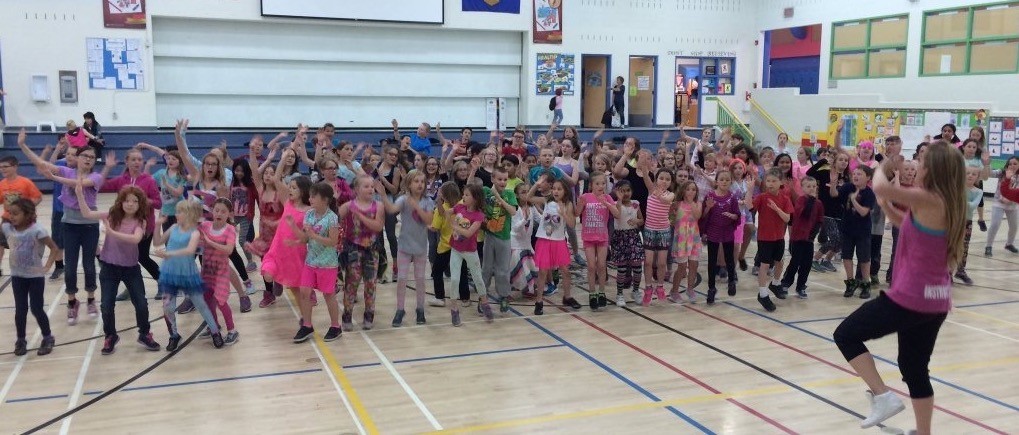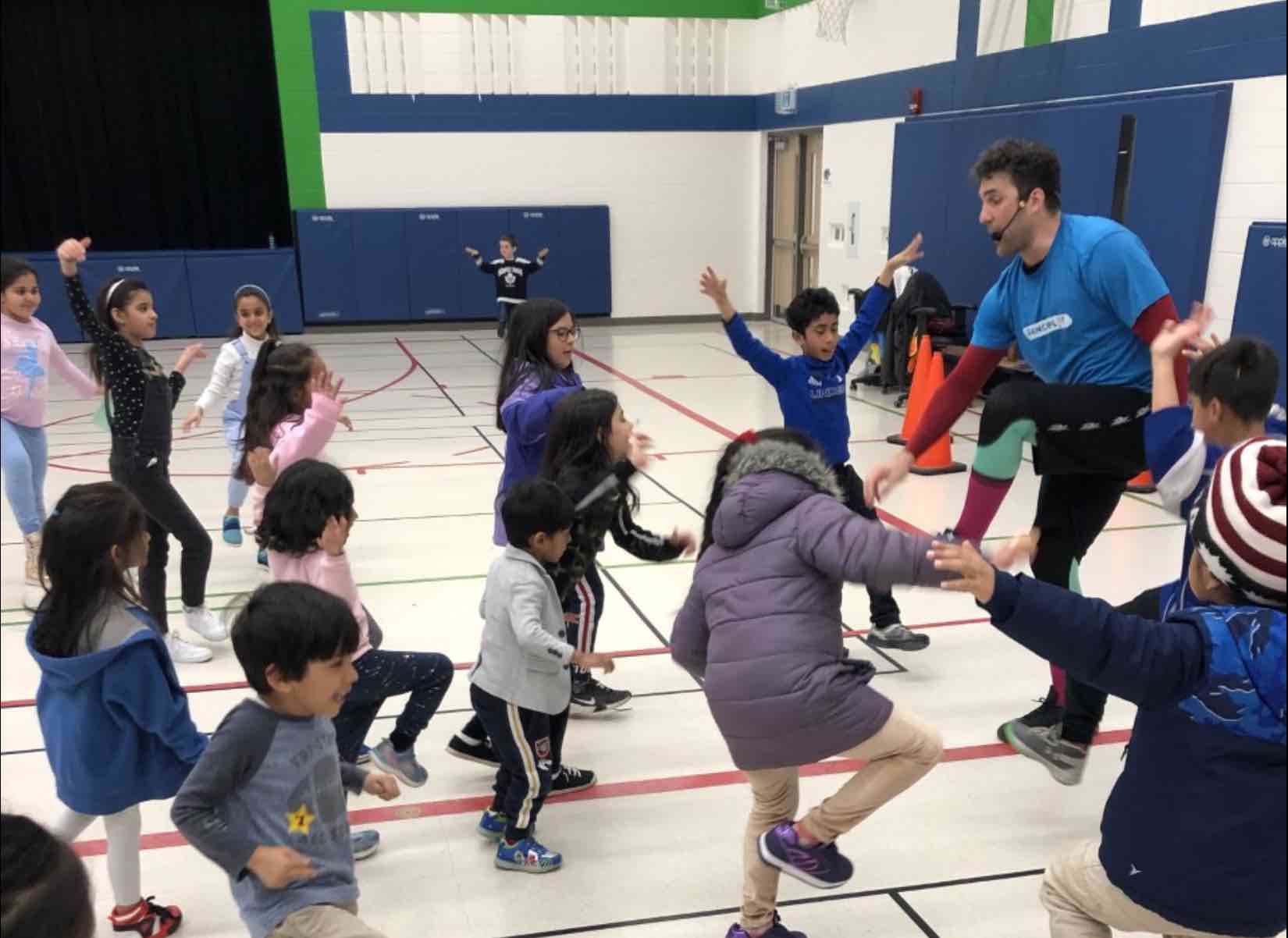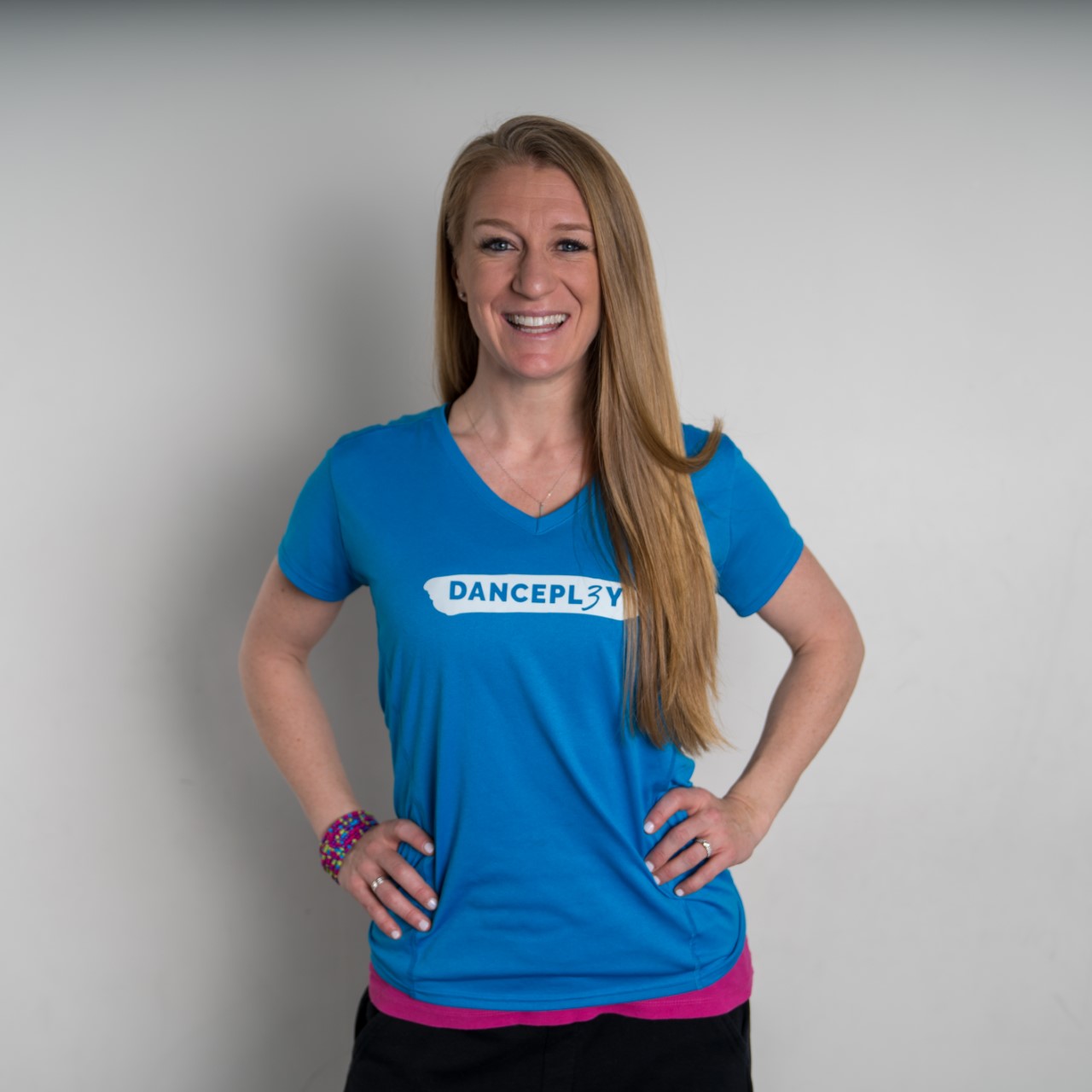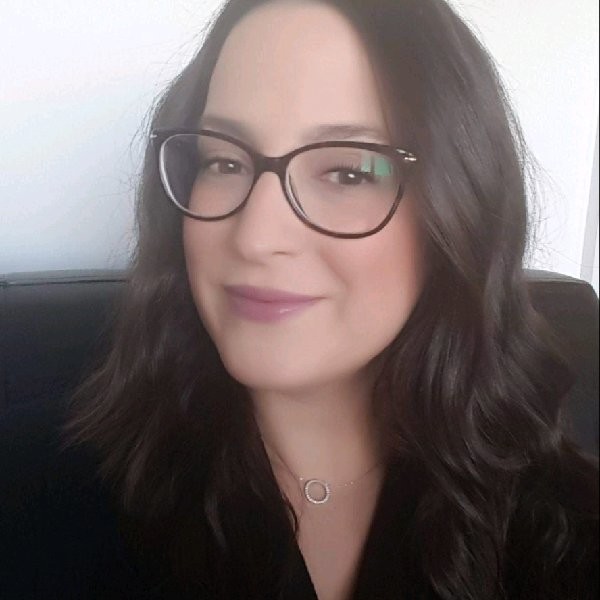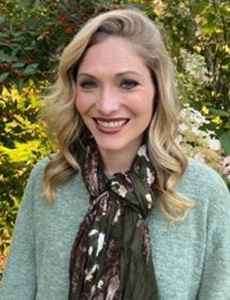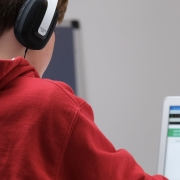Colouring outside the lines: Using the full palette of our diversity
Debra Rader, International Educator, Author and Consultant
First published in TAISI Magazine, January 2021.
This is a hugely pivotal time in our world and in education. We have come to value our humanity anew, and to look for and see the humanity in one another. There is a renewed commitment to anti-bias and anti-racist education, and to promoting equity, diversity and inclusion in our learning communities. Intentionally teaching about human relationships, and the ability to live, learn and work together with understanding, compassion and positive regard is central to this commitment. Sharing our identities, cultures, personal histories and stories is part this work. Teaching and learning for intercultural understanding enables us to colour outside the lines using the full palette of our diversity.
Equity, diversity and inclusion
The aim of education is to develop the full and unique potential in every student and enable each person to contribute in purposeful and meaningful ways to shaping a better world. Towards this aim schools strive to create equitable and inclusive learning communities where all children and adults, with the rich diversity they bring, are affirmed, valued and thrive.
With a wide range of cultures, languages, identities, life experiences, and personal and cultural histories schools must work intentionally to embrace their diversity and ensure that everyone is seen, heard and included. We aspire to provide a safe and welcoming environment where everyone is represented, engaged, feels protected and cared for, and has a sense of belonging.
Our schools are tasked with establishing and sustaining equitable, diverse and inclusive environments for all members of the learning community, and also nurturing the values of equity, diversity and inclusion so students, as engaged world citizens, will continue to work towards creating more just and sustainable societies.
What is equity, diversity and inclusion?
Equity is a state of fairness and is the continuous goal of inclusion. Equity aims to provide all members of the school community with equal access to the opportunities and resources available and ensure their full participation in the life of the school. This includes students, faculty, staff, parents, caregivers and board members, and it is reflected in the practices, programmes and policies in the school.
Equitable schools aim to identify and eliminate biases and barriers to inclusion, and respect the dignity and worth of each individual. They aim to eliminate inequality and discrimination of any kind. Equity recognises that people bring their individual strengths and needs to the school community and these are ever changing. Achieving and sustaining equity is therefore a continuous process of recognising and responding to the diversity that exists. Equitable pedagogy, practices and policies are developed to ensure fairness in teaching and learning, in the admissions process, and the hiring and retention of faculty and staff.
Diversity refers to the mix of people and the wide range of differences and identities they bring to our communities. These include race, ethnicity, cultures, languages, socioeconomic, ability, gender and gender identification, sexual orientation, neurodiversity, body shape and size, secular and faith-based beliefs, and all other forms. It includes diversity of values, ideas and perspectives. Diversity strengthens and enriches our communities, and provides resources and opportunities to enhance our learning and understanding. Diversity alone does not necessarily lead to inclusion. Inclusive school communities are developed intentionally when all members of the school community, children and adults, work together to live inclusive values and practices.
All schools should actively recruit and retain students, faculty and staff across a wide range of differences that reflect the community they serve.
Inclusion is an approach to education that embraces diversity in all of its forms, increases participation and opportunities for all, and welcomes and values the contributions of each member. Inclusion work is about how we create connection and community in our schools where all members feel a deep sense of belonging.
Inclusion requires respect and appreciation for all forms of diversity, the willingness and ability to engage with difference, openness to different ideas and perspectives, the ability to listen well, and a commitment to ensuring human rights and dignity for everyone. As schools engage in the work of inclusion they consider ways to establish and sustain an inclusive environment that is respectful and responsive to the changing complexity and needs in their community. Inclusion is a feeling of belonging, being seen, heard, valued, and represented and engaged in making a contribution. Inclusion is an ongoing process and involves all members of the school community. We are all both learning and leading. It is critical that supportive and trusting relationships are developed with and between students, faculty, staff, families and board members in our schools. In inclusive schools children and adults work together to create an environment where everyone can contribute fully and learn with and from each other. It is through working together that they can create a culture of inclusion.
Inclusive beliefs, values and attitudes
The work of inclusion is informed by our beliefs, values and attitudes that guide the way we live, learn and work together. In order to engage in the work of inclusion schools must identify and actively promote the shared beliefs, values and attitudes in their community that guide and support all they do. These are reflected in the mission, vision and philosophy statements, written curriculum, strategic plans, newsletters and other published documents in the school. Inclusion is also a disposition and when we value inclusion we help create inclusive spaces for one another. This is the responsibility of all members of the community.
Beliefs, values and attitudes that promote inclusion in schools recognise our common humanity, value relationships and include compassion, empathy, kindness, trust, appreciation and respect for diversity, curiosity and an interest in others, human rights and dignity for everyone, and social justice and equity.
Looking forward
The work of equity, diversity and inclusion requires ongoing commitment, collaboration and reflection. It is exciting work. It is challenging work. It is vital work. Given the inequities highlighted by the Covid-19 pandemic, inequality and ongoing racial injustice, this work is ever more timely. Teaching and learning for intercultural understanding promotes this work and provides a way forward.
Intercultural understanding is the bridge between diversity and inclusion
A diverse community is not necessarily an inclusive one. Intercultural understanding is the bridge between diversity and inclusion. Inclusive learning communities are developed intentionally when all members, students and adults, work together to ensure that everyone is valued, and feels a deep sense of belonging.
Intercultural understanding is a disposition and competence that enables us to engage with all forms of difference and diversity with appreciation and respect, establish inclusive relationships, and work to create inclusive learning communities. We continue to develop intercultural understanding throughout our lives, and as we move through our lives we come to understand it more deeply and live it more fully.
As a disposition it is a mindset or orientation and includes beliefs, values and attitudes; as a competence it includes knowledge, understanding and skills. Together they provide a way of being in the world that enables us to approach and engage with difference in mutually respectful and affirming ways.
In my book, Teaching and Learning for Intercultural Understanding: Engaging Young Hearts and Minds, I present a Framework for Developing Intercultural Understanding (Rader, 2016), which contains these four components:
KNOWLEDGE AND UNDERSTANDING of topics including culture, language, identity, beliefs and global issues
TRANSFORMATIVE BELIEFS, VALUES AND ATTITUDES including appreciation and respect for diversity, compassion, empathy, curiosity, human rights, social justice and equity
ESSENTIAL INTERCULTURAL, INTERPERSONAL AND LIFE SKILLS including intercultural awareness and sensitivity, communication, adaptability, collaboration, creative and critical thinking, resilience, and the ability to recognise, challenge and resist stereotypes, prejudice, discrimination and racism.
ENGAGEMENT IN POSTIVE ACTION that puts into practice what we are learning, aligns our beliefs and values with the ways we live our lives, and makes a positive contribution to our world
These components of the Framework need to be intentionally taught, modelled and practised, and embedded in the curriculum and life of the school. I provide detailed lesson plans based on compelling children’s literature, that integrate the Framework into pedagogical practice.
I invite you to bridge diversity and inclusion in your learning communities through teaching and learning for intercultural understanding, and to colour outside the lines using the full palette of our human diversity.
COMING UP:
Free webinar/conversation: Dialogue with Debra: The Nature of Intercultural Understanding
Online via Zoom: 07 October
16:00-16:45 BST (London time)
“I warmly invite you to join us as we explore the nature of intercultural understanding, and meaningful and powerful ways we can encourage and nurture its growth and development.” Debra
We are partnered with Debra Rader, international educator, author, consultant and workshop facilitator to offer a monthly series focused on Teaching and Learning for Intercultural Understanding. Developing intercultural understanding is at the heart of international-mindedness, global competence and global citizenship education, and promotes diversity, equity, inclusion, social justice, and antiracist education. It is an essential disposition and competence to develop in ourselves, each other and the children we teach.
REGISTER HERE
One Day Institute in Partnership with ECIS: Teaching & Learning for Intercultural Understanding
Online via Zoom: 20 October 2021
09:00 -17:00 BST (London time)
Introduction
It is a challenging yet exciting time to be an educator. Our world, communities and schools are increasingly multicultural, multilingual and multiracial, and respect and appreciation for difference and diversity are needed more than ever. Intercultural understanding is a vital disposition and competence to develop in ourselves, in each other and in the children we teach, and we all have a critical role to play in nurturing its development.
The coronavirus pandemic has reminded us that we are all part of a common humanity and that we have a shared responsibility to take care of ourselves, each other and our planet we call home. We have been given pause to consider what is most important in life and have rediscovered the need for connection and community, love and compassion. Human beings have an enormous capacity to counteract xenophobia and racism. Ongoing events worldwide remind us of the need to teach for compassionate, respectful, equitable and inclusive human relationships.
Intercultural understanding does not occur naturally and needs to be cultivated with intentionality. Bridging theory and practice, and applying research in the field of intercultural competence, we will explore ways to integrate teaching and learning for intercultural understanding in our learning communities. You will be introduced to a Framework for Developing Intercultural Understanding (Rader, 2016) and ways to integrate children’s literature as a catalyst for classroom discussions and inquiry. We will engage our hearts and minds, and work together towards creating a more compassionate, peaceful and inclusive world.
Participants will actively engage in personal and collaborative learning and reflection through a range of activities. We will explore new strategies, activities and resources that nurture and support the development of intercultural understanding for all members of the learning community.
REGISTER HERE
What do you think about the points raised in this article? We’d love to hear your feedback.
ABOUT THE AUTHOR

Debra Rader is an international educator, author and consultant living in Lucca, Italy. She brings years of experience in national and international education as a primary, middle school and special education teacher, primary school principal and educational consultant having worked in the US, the UK, Germany and Italy. She has extensive experience working with inquiry-based and dual language approaches to learning, US Curriculum and the IB PYP.
Debra has presented at Educational Collaborative for International Schools (ECIS), Swiss Group of International Schools (SGIS), Alliance for International Education (AIE) and The Association of International Schools of India (TAISI) conferences in Europe and India, and led workshops in international schools in Europe on developing intercultural understanding and international mindedness; understanding international mobility; and implementing transition education and transition programmes that support internationally mobile children and families. She facilitates in-depth workshops for educators on Teaching and Learning for Intercultural Understanding, and has worked with educators from around the world.
Debra is the author of Teaching and Learning for Intercultural Understanding: Engaging Young Hearts and Minds (Routledge, 2018), a comprehensive resource for educators complete with lesson plans based on compelling children’s literature. She is also a transition specialist and co-author of New Kid in School: Using Literature to Help Children in Transition (Teachers College Press, 2003).
Debra is a licensed Qualified Administrator (QA) for the Intercultural Development Inventory (IDI), a leading cross-cultural assessment tool used worldwide to measure group and individual capacity for intercultural competence, and promote its further development. Passionate about developing intercultural understanding in children and adults, Debra is deeply committed to honouring each other’s cultures, languages, identities, personal stories and histories, and to promoting diversity, equity, inclusion, social justice and antiracism in education.
WEBSITE | LINKEDIN





